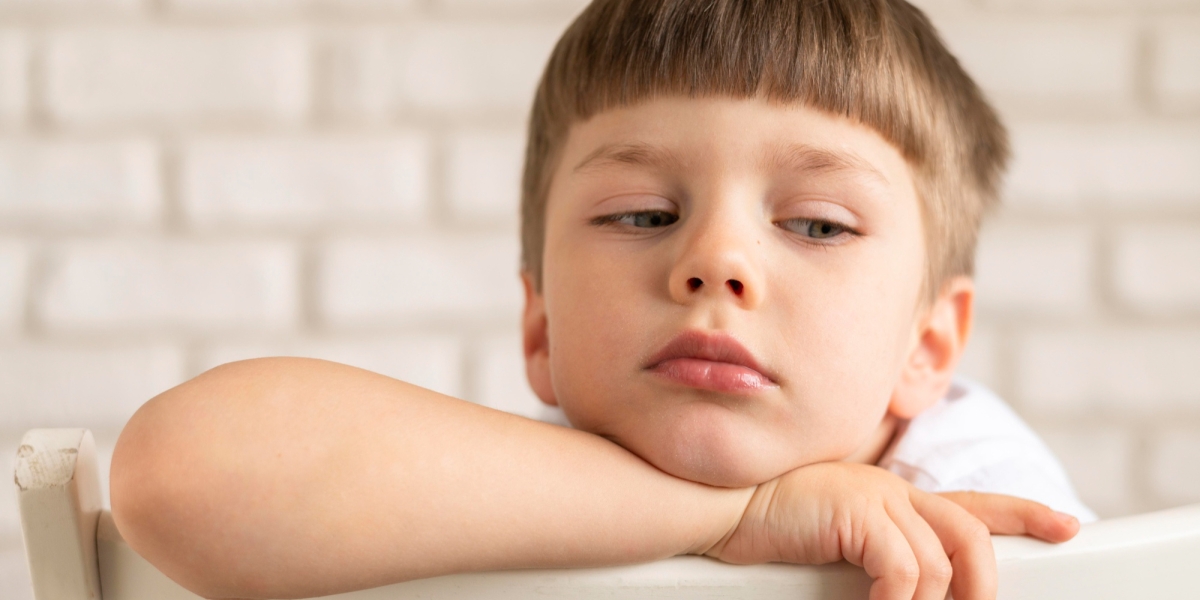Understanding Pediatric Skin Problems: Common Conditions and How to Treat Them
Skin problems are among the most common issues faced by children, often causing concern for parents. Pediatric skin conditions can range from mild and temporary to severe and chronic, requiring medical intervention. Understanding these conditions and knowing how to treat them can help parents manage their children's skin health effectively.
1. Eczema (Atopic Dermatitis)
Eczema is a chronic skin condition that affects nearly 20% of children. It typically appears as red, itchy patches on the face, elbows, or knees. The exact cause of eczema is unknown, but it is believed to be related to genetic and environmental factors.
Treatment:
- Moisturizing: Regularly applying a thick moisturizer can help keep the skin hydrated and reduce flare-ups.
- Avoid Triggers: Identifying and avoiding triggers, such as certain foods, soaps, or fabrics, can help manage symptoms.
- Medication: In severe cases, a pediatrician may prescribe topical steroids or other medications to reduce inflammation.
2. Diaper Rash
Diaper rash is a common condition that occurs when a baby’s skin becomes irritated due to prolonged contact with a wet or soiled diaper. The affected area may appear red, puffy, and tender.
Treatment:
- Frequent Diaper Changes: Changing diapers promptly can help keep the skin dry and reduce irritation.
- Barrier Creams: Applying a thick layer of barrier cream containing zinc oxide can protect the skin from further irritation.
- Air Exposure: Allowing the baby to go diaper-free for short periods can help the skin heal.
3. Cradle Cap (Seborrheic Dermatitis)
Cradle cap is a condition that causes scaly, yellowish patches on a baby's scalp. It is not harmful or itchy but can be unsightly.
Treatment:
- Gentle Washing: Regularly washing the baby’s scalp with a mild shampoo can help loosen the scales.
- Soft Brush: Using a soft brush to gently remove the scales after shampooing can help keep the scalp clear.
- Moisturizing Oils: Applying a small amount of baby oil or mineral oil can help soften the scales, making them easier to remove.
4. Impetigo
Impetigo is a highly contagious bacterial skin infection that commonly affects young children. It appears as red sores or blisters, usually around the nose and mouth, that can burst and form a honey-colored crust.
Treatment:
- Antibiotics: A pediatrician will typically prescribe topical or oral antibiotics to treat the infection.
- Hygiene: Keeping the affected area clean and covering it with a bandage can prevent the spread of the infection.
5. Molluscum Contagiosum
Molluscum contagiosum is a viral skin infection that causes small, flesh-colored bumps with a dimple in the center. It spreads easily through direct contact or contaminated objects.
Treatment:
- Observation: In many cases, molluscum contagiosum will resolve on its own without treatment.
- Topical Treatments: If treatment is needed, a pediatrician may recommend topical therapies to help clear the bumps.
- Avoid Scratching: To prevent spreading the virus, it’s important to discourage children from scratching the affected area.
6. Warts
Warts are small, rough growths caused by the human papillomavirus (HPV). They are common in children and can appear on the hands, feet, or other areas.
Treatment:
- Over-the-Counter Treatments: Many warts can be treated with over-the-counter salicylic acid preparations.
- Cryotherapy: A pediatrician may use cryotherapy, a process that involves freezing the wart with liquid nitrogen, to remove it.
- Prevention: Teaching children not to share personal items like towels or shoes can help prevent the spread of warts.
7. Hives (Urticaria)
Hives are red, raised welts on the skin that appear suddenly and are often itchy. They can be triggered by an allergic reaction to food, medication, or other substances.
Treatment:
- Antihistamines: Over-the-counter antihistamines can help reduce itching and swelling.
- Avoiding Triggers: Identifying and avoiding the allergen responsible for the hives is key to preventing future outbreaks.
- Medical Attention: In cases of severe hives or difficulty breathing, immediate medical attention is necessary.
When to See a Pediatrician
While many pediatric skin problems can be managed at home, it’s important to consult a pediatrician if:
- The condition is severe or persistent.
- Over-the-counter treatments are ineffective.
- The child is experiencing pain, fever, or other concerning symptoms.
- The skin condition is spreading or appears infected.
Conclusion
Pediatric skin problems are a common part of childhood, but they can often be managed effectively with proper care and treatment. By understanding these conditions and knowing when to seek medical advice, parents can help ensure their children’s skin stays healthy and comfortable.
